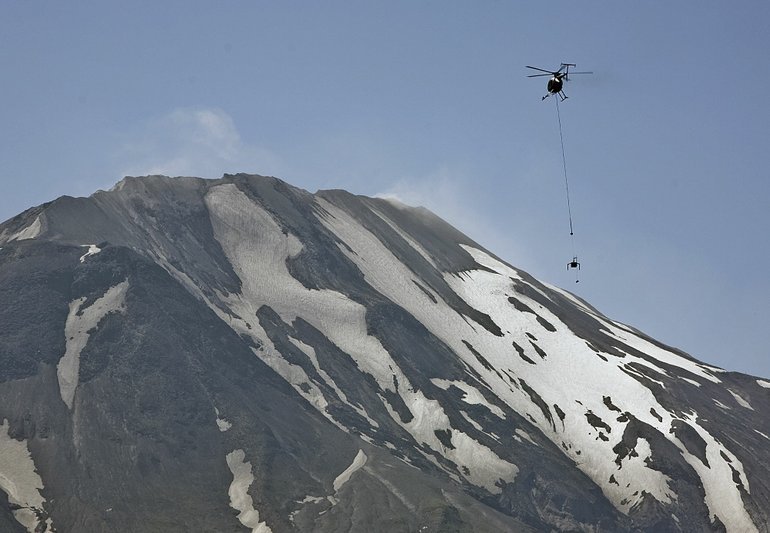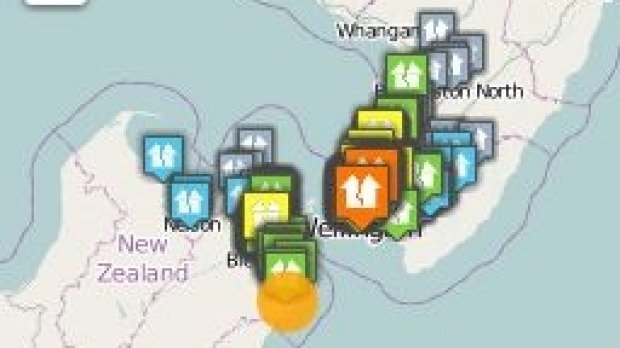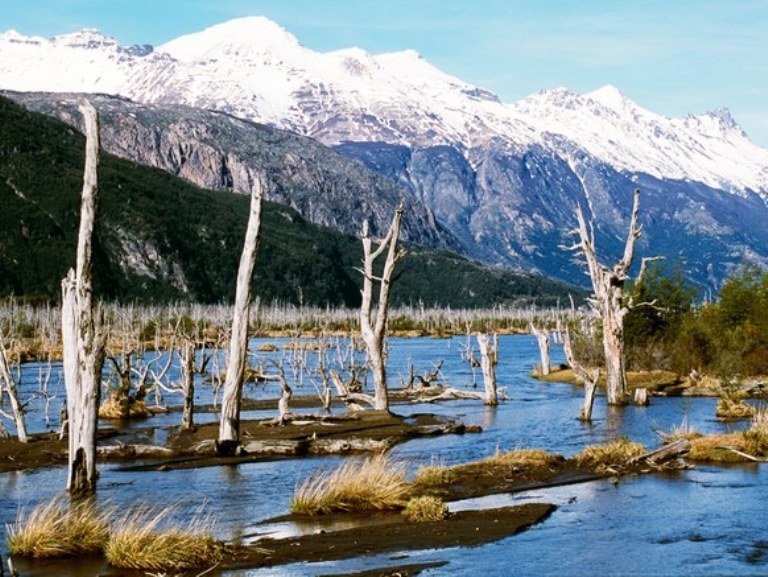
© Columbian
In less than a week, four swarms of more than 120 earthquakes shook Mount St. Helens in late November. Although they were too small to be felt even by someone standing directly over their epicenters, scientists say they reveal
the volcano is likely recharging."Each of these little earthquakes is a clue and a reminder we are marching toward an eruption someday," said Weston Thelen, a U.S. Geological Survey seismologist with the Cascades Volcano Observatory in Vancouver.
However, "there's nothing in this little modest seismicity, and none since 2008, that is a really good indicator of when that eruption will be."
The earthquakes occurred between 1 and 2 miles below the surface and most registered at magnitudes of 0.3 or less; the largest was a magnitude 0.5. While the quakes are too small for human perception, scientists are able to study them thanks to sensitive seismometers stationed around the mountain.
As magma comes into the volcano's system and is stored, scientists think that it releases gases and fluids that travel up into cracks, pressurizing and lubricating them, and causing small quakes.


Comment: See also: Emergency tsunami warnings after 8.0 quake strikes off Solomon Islands' coast